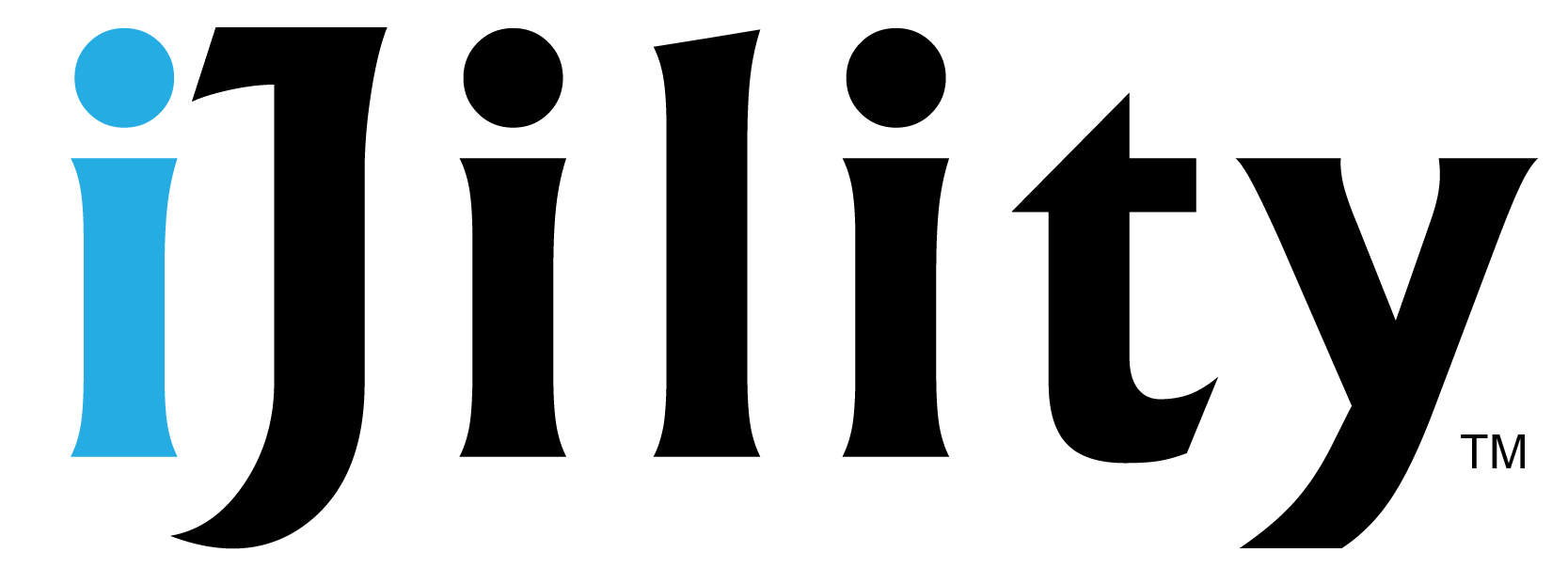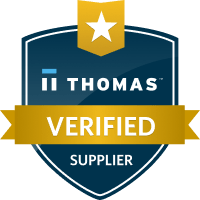
Mastering the art of client communication is crucial in the workforce staffing management industry. It not only fosters a harmonious working relationship, but also significantly contributes to the project’s success. Efficient communication involves understanding the client’s needs, providing timely responses, and regularly updating the client on progress. But, how do you ensure effective communication with your clients? Here, we delve into some actionable strategies for establishing clear communication channels.
Establishing Clear Communication Channels
One of the best practices for workforce staffing client communication and management involves defining the client’s preferred communication methods. Whether it’s through email, phone, video conferencing, or project management tools like Asana or Trello, tailoring the communication approach to individual client preferences ensures effective and efficient information exchange.
Next, it’s important to set up regular check-in meetings or calls to discuss project progress, address concerns, and gather feedback. The frequency and format of these meetings should be determined based on the client’s needs and the project’s complexity. Regular check-ins enhance transparency and keep everyone on the same page, thereby improving the overall project management process.
Creating a centralized communication hub, such as a shared document or online platform, can also significantly contribute to effective client communication. This hub should contain all relevant project information, updates, and resources, and be easily accessible to both the client and the staffing team. This approach not only ensures transparency but also makes it easier for everyone to stay updated on project progress.
Another essential client communication strategy is to establish clear guidelines for response times and communication etiquette. For instance, set a standard for responding to client emails within 24 hours and provide guidelines for professional and courteous communication. These standards ensure that the client feels valued, respected, and promptly attended to.
Lastly, assigning a dedicated point of contact for each client can streamline communication and build strong relationships. This person should have a deep understanding of the client’s needs, preferences, and project goals, and serve as the primary liaison between the client and the staffing team. Having a dedicated point of contact ensures that the client’s needs are promptly addressed, thereby enhancing client satisfaction and loyalty.
By employing these strategies, workforce staffing managers can significantly improve their client communication practices, leading to stronger client relationships, increased client satisfaction, and ultimately, project success.
Implementing Active Listening Techniques for Effective Communication
Another best practice for workforce staffing client communication and management is training your staffing team in active listening skills. Active listening is more than just hearing what the client says—it involves paying attention, showing empathy, and asking clarifying questions. This approach helps build trust, prevents misunderstandings, and demonstrates a genuine interest in the client’s needs and concerns. By fostering active listening, you can ensure that your team fully understands the client’s perspective, enhancing the effectiveness of your communication.
Active listening doesn’t stop at just hearing—it also involves practicing reflective listening. Reflective listening is the process of paraphrasing and summarizing the client’s messages to ensure accurate understanding. By repeating the information back to the client in your own words, you can confirm your comprehension of their thoughts and feelings, reducing the risk of miscommunication. This technique also reassures the client that their input is valued and understood, fostering a mutual understanding that is crucial for successful project management.
Another effective active listening technique is encouraging open-ended questions. Questions that begin with “what,” “how,” or “why” invite the client to elaborate on their thoughts and provide valuable context. Open-ended questions can help gather more information and gain deeper insights into the client’s perspective, enabling you to better tailor your services to their needs.
Non-verbal cues also play a significant role in active listening. Maintaining eye contact, using appropriate facial expressions, and employing non-verbal cues like nodding demonstrate engagement and understanding during face-to-face or video interactions. These signals convey attentiveness and empathy, fostering a positive communication experience that can significantly enhance client satisfaction and loyalty.
Finally, creating a safe and non-judgmental environment is crucial for effective active listening. Clients should feel comfortable expressing their thoughts, concerns, and feedback without fear of judgment or criticism. By minimizing distractions, providing undivided attention, and responding with empathy and understanding, you can encourage clients to openly communicate their needs and expectations. This approach can significantly enhance the quality of your client relationships and contribute to effective workforce staffing management.
By implementing these active listening techniques, workforce staffing managers can significantly improve their client communication strategies, leading to increased client satisfaction, improved project outcomes, and enhanced business success.
Leveraging Technology for Effective Client Communication and Management in Workforce Staffing
Incorporating technology in your communication strategy is one of the best practices for workforce staffing client communication and management. By utilizing project management software like Asana, Trello, or Monday.com, you create a centralized platform for task assignments, deadlines, and progress tracking. These tools enable real-time collaboration and provide visibility into project status for both the client and the staffing team. It’s not just about staying organized—it’s also about transparency and accountability, which are crucial for building trust with your clients.
Next, consider implementing a secure and reliable video conferencing solution, such as Zoom or Microsoft Teams, for virtual meetings and presentations. In today’s remote work environment, video conferencing has become a necessity. However, it’s not just about having the right tools—it’s also about ensuring that your team is well-versed in using these tools. They should be able to troubleshoot common technical issues to maintain seamless communication with clients.
Adopting a robust customer relationship management (CRM) system is another effective way to leverage technology for client communication. A CRM like Salesforce or HubSpot can help store and manage client information, communication history, and preferences. With a CRM, you can personalize interactions, track important details, and ensure consistent communication across the staffing team. It’s like having a personal assistant that remembers every detail about your client—imagine the level of service you can provide with that!
For quick, informal communication and real-time updates, instant messaging platforms like Slack or Microsoft Teams are invaluable. You can create dedicated channels for each client or project to keep conversations organized and easily accessible. Instant messaging complements email communication—it’s like having a quick hallway conversation, without the hallway.
Finally, investing in a secure file-sharing solution, such as Dropbox or Google Drive, can significantly enhance your team’s collaboration capabilities. With these tools, you can easily share documents, presentations, and other project-related files. This ensures that all stakeholders have access to the most up-to-date information and can provide feedback or input as needed. It’s like having a shared workspace, even when you’re miles apart.
By leveraging these technology tools, you can take your client communication to the next level, positioning your workforce staffing firm as a leader in client management and communication.
Building Strong Client Relationships through Effective Communication in Workforce Staffing
Effective communication forms the backbone of strong client relationships. One of the key best practices for workforce staffing client communication and management is to demonstrate empathy and understanding. When communicating with clients, it’s essential to put yourself in their shoes and acknowledge their concerns, challenges, and goals. This approach not only helps build trust but also establishes a foundation for a strong, long-lasting relationship.
Being proactive in your communication is another crucial aspect. Anticipate client needs and offer solutions before they even ask. Regularly check in with clients to ensure their satisfaction and address any potential issues before they escalate. A proactive approach shows clients that you value their business and are committed to their success.
Keeping clients informed and engaged is also key. Provide regular updates on project progress, milestones, and any changes or challenges that arise. This transparency builds confidence in your team’s abilities and keeps clients engaged throughout the staffing process.
Feedback is a powerful tool for continuous improvement. Seek feedback from clients regularly and act upon it promptly. Encourage open and honest communication by creating a safe space for clients to share their thoughts, concerns, and suggestions. This feedback can serve as a roadmap for improving your communication strategies and overall service. Remember, feedback is a gift, and it’s the most reliable way to understand your clients’ needs and expectations.
Celebrate successes and milestones with your clients. Acknowledge their contributions and express gratitude for their partnership. Sharing positive outcomes and recognizing achievements together not only strengthens the client-staffing firm relationship, but also fosters a sense of shared success.
As highlighted by Forbes Advisor, effective communication in the workplace boosts employee motivation, engagement, and satisfaction, reduces conflicts, and enhances productivity. The same applies to client communication—the better your communication, the stronger your relationships will be.
In conclusion, mastering the art of client communication is not an overnight process—it requires commitment, consistency, and a willingness to adapt. By implementing these best practices for workforce staffing client communication and management, you can build strong, trusting relationships with your clients, leading to increased satisfaction, loyalty, and long-term success.
So, how will you enhance your client communication strategy? What steps will you take to build stronger, more fruitful relationships with your clients? If you’re ready to take your operation to the next level, schedule a discovery call with us at iJility. We’re here to help you achieve your full potential.
Author: iJility


